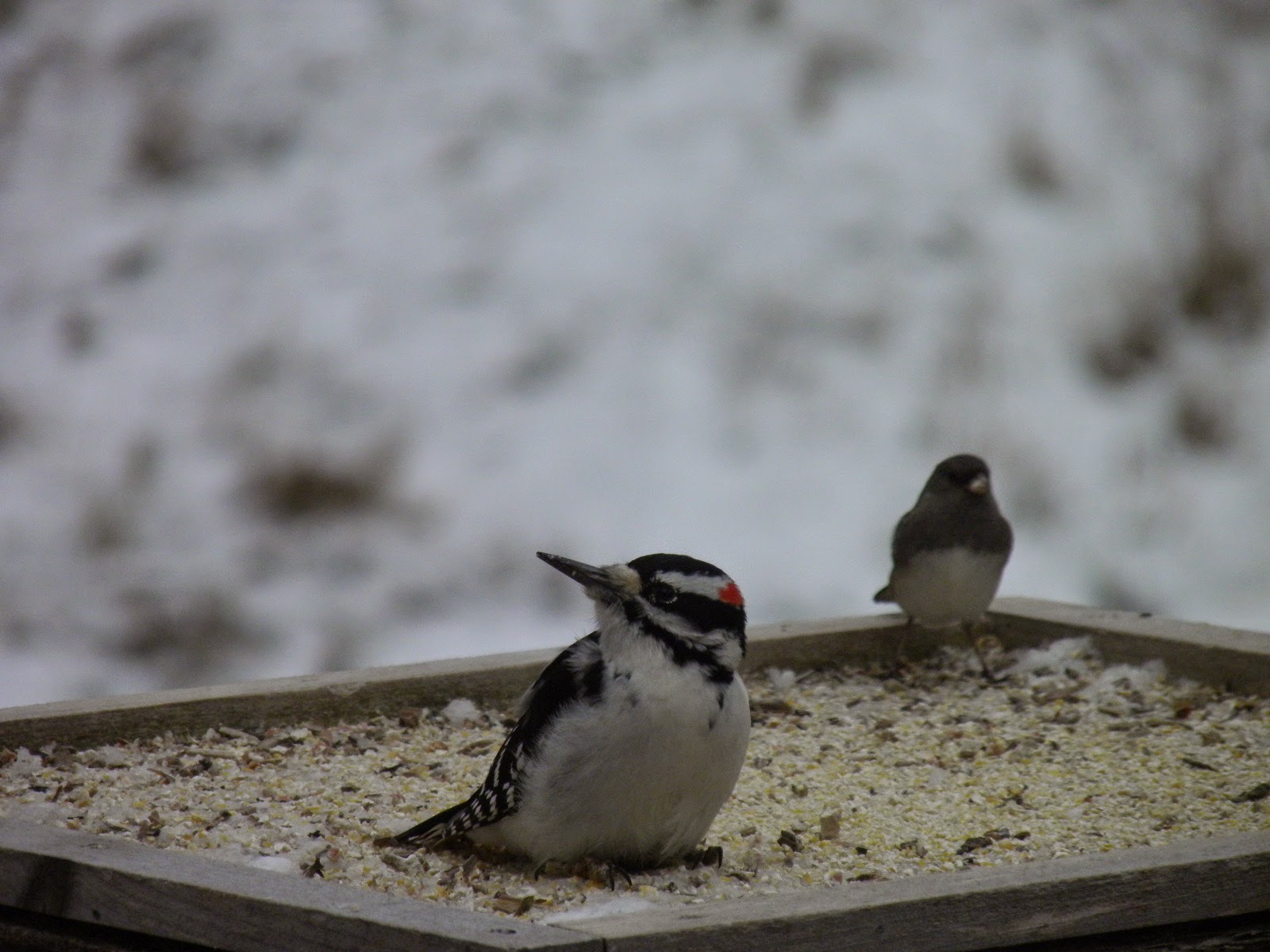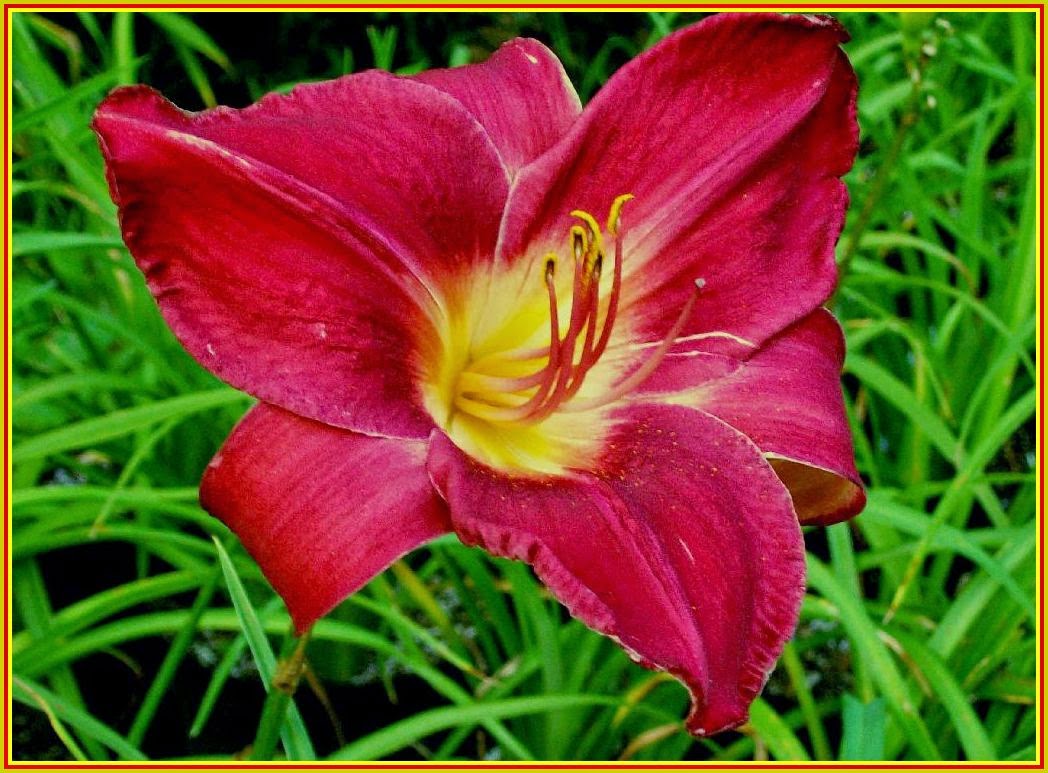Thursday, May 14, 2015
A bright and beautiful morning here at the flower farm except that the grass is white with a heavy frost, the water is frozen in all the hoses and at the pump and my last Dark Magic coffee cup for the Keurig machine blew up and the cup has grounds floating everywhere when really I wanted a second cup. Things happen!
The past couple weeks have been dry and beautiful. Some days it was so hot we just gave up by 3 PM as the 85-90 degrees was too much. During those days customers stopped just the same and asked when the daylilies would start blooming. People were clearly tired of the winter and wanted to see garden color. Not yet!
Last summer I took a dry erase board and started on June 1st listing each daylily as it opened. I made it until July 12th when there were so many daylilies opening every day that I didn't have time to keep up. Here's what the board looked like (above pic).
On June 1st a species, Dumortierii opened as did the first daylily ever hybridized and registered. That one is Apricot from 1893. Early on in the season the oranges and yellows are first to bloom because they are either species daylilies or some of the earliest hybrids strong on their use of species. At our place it wasn't until June 21 that the first purple came out--Grape Velvet, with Bela Lugosi, another great purple opening on the 30th of June.
Last year's chart is available at the flower farm and we will do the same thing this year to compare seasons. Ask to see the charts when you stop by.
Writing from the flower farm as Route 2 hums with people heading to work, commercial trucks already on their way to delivery destinations. Today we are planting hydrangeas and daylilies. Stop and say hello if you are in the area.
George Africa
The Vermont Gardener
Vermont Flower Farm
On Facebook as Vermont Flower Farm & Gardens. Like Us!
On Facebook as George Africa
On Twitter as vtflowerfarm













































